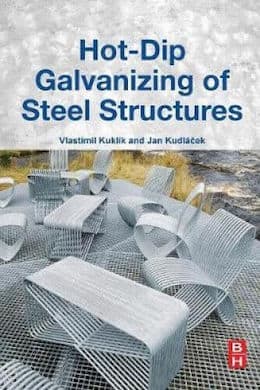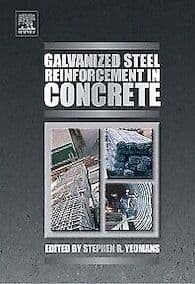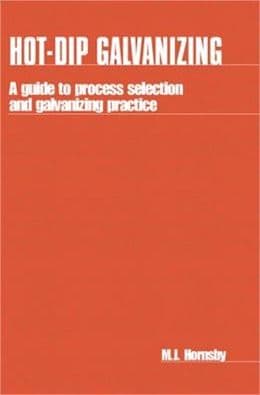
-----
What we should do to reduce the fluctuating dross in a bath?
for Engineers, Shops, Specifiers

avail from eBay, AbeBooks, or Amazon

avail from eBay, AbeBooks, or Amazon

avail from eBay, AbeBooks, or Amazon

avail from eBay, AbeBooks, or Amazon
avail from Amazon
"User's Guide to Hot Dip Galvanizing for Corrosion Protection in Atmospheric Service" by NACE (1997 only rarely avail.)
avail from AbeBooks, or Amazon
(as an Amazon Associate & eBay Partner, we earn from qualifying purchases)
Our time for removing of a bottom Zn dross was a 25-30days, but in the past one month the time of removing the bottom dross is reduced to 8-10 days. Why?
We don't have a chem.treatment on Galv.line and 5 Stands Mill.
The temperature of the bath is 455-465 °C.
%of Al is 0.16-0.19 and Fe 0.03-0.04%.
After 8-10 days our Galv. strip is cover with a bubbles or spots from the dross only from a one side of a strip and that side is the one which is in touch with bottom roll in Zn bath.
The roll is with spiral grinding lines from the center to the end.
What we should do to reduce the fluctuated dross in a bath?
Mittal Steel Skopje - Skopje, Macedonia
2006
A. Sir:
I can only speak from a general galvanizing point of view. Your iron of 0.03 to 0.04% is normal to me. The aluminum I have no experience for your sheet line. In general galvanizing the normal (good) dross amount is about 0.5% of steel galvanized. In a new steel (nearly pure iron) kettle there is much less dross for the first three months of production then normal dross amount is experienced. Temperature of the DROSS and the tool used for drossing are very important. Most general galvanizers find a clam difficult to use to get a good result. Using the correct temperature can give 1/3 less dross. Recently at a general (steel) kettle containing 30,000 pounds of dross only 4,000 pounds were removed using a clam. If the dross is not properly removed in a steel kettle, overheat in the dross zone can result causing a burn-though. I hope this response is of use.
Regards,
Galvanizing Consultant - Hot Springs, South Dakota, USA
A. Dear Zarko:
Have you asked for assistance from other galvanizers from within Mittal Steel or from anyone expert here at R&D USA?
Please e-email if you have not and wish to do so, and we can have a teleconference to discuss details of your operation and potential causes and solution to your dross problem. (I could not find your name in our Global Address directory but I know that it is not yet very complete, and does not include all Mittal Steel operations)
Regards,
- East Chicago, Indiana
Q. I would like to know what kind of measures can be taken to reduce the dross amount on the molten Zinc bath and Zinc in it.
Süleyman BEÞLÝ
ÖZYAÞAR A.Þ - Istanbul, TURKEY
2007
Q, A, or Comment on THIS thread -or- Start a NEW Thread
